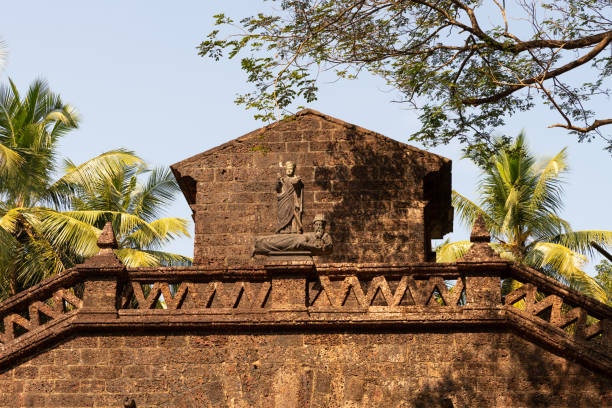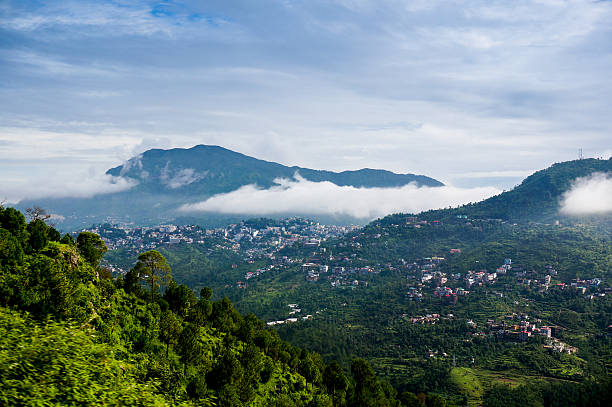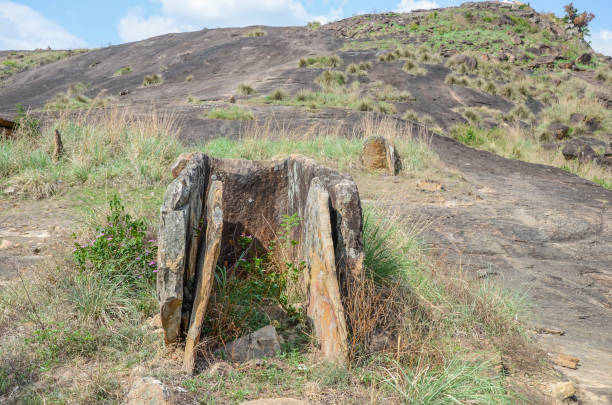Exploring the Rich History of Goa: From Ancient Trade to Colonial Legacy
Nestled along the southwestern coast of India, Goa stands as a vibrant tapestry of history and culture. Its story stretches from ancient maritime trade routes to a unique colonial past, shaping the Goa we know today. This article delves into the captivating history of Goa, exploring its transformation from an ancient trading hub to a Portuguese enclave and beyond.
Ancient Beginnings: A Maritime Crossroads

Goa’s history begins with its strategic location along the Arabian Sea, making it a prime spot for ancient maritime trade. Archaeological evidence traces human settlement in Goa back to the Stone Age. The region’s early inhabitants engaged in trade with distant civilizations, facilitated by Goa’s natural harbors and fertile land.
The ancient port city of Gopakapattana (now submerged), mentioned in early texts, was a bustling center for commerce. Goa’s position along the trade routes connecting the Middle East to Southeast Asia made it a crucial player in the exchange of goods, including spices, textiles, and precious metals.
The Influence of Ancient Dynasties
The history of Goa during the early medieval period saw the rise of influential dynasties. The Chalukyas of Badami controlled Goa in the 6th century, followed by the Rashtrakutas. Their rule marked significant developments in the region, including architectural and cultural influences.
In the 13th century, the Kadambas of Goa emerged as a prominent dynasty, establishing their capital in Goa Velha. They built several temples and fortified structures, contributing to the region’s architectural heritage. The Kadambas fostered trade and commerce, continuing Goa’s tradition as a key maritime hub.
The Arrival of the Portuguese: A New Era
The turning point in Goa’s history came in 1510 when the Portuguese explorer Afonso de Albuquerque conquered the region. This event marked the beginning of a transformative era for Goa. The Portuguese saw Goa as a strategic base for their maritime empire and sought to dominate trade in the Indian Ocean.
Under Portuguese rule, Goa became a flourishing center of trade and culture. The Portuguese established Old Goa as their colonial capital, transforming it into one of the most important cities in Asia. The city’s architecture, influenced by Portuguese, Indian, and Moorish styles, reflected its new status as a vibrant colonial hub.
Religious and Cultural Integration
Portuguese rule significantly impacted Goa’s cultural and religious landscape. The spread of Christianity, led by missionaries like Francis Xavier, played a pivotal role in shaping the region’s identity. The construction of grand churches, such as the Basilica of Bom Jesus and the Se Cathedral, became symbols of this religious influence.
Simultaneously, Goan society retained its rich cultural heritage. Traditional festivals, cuisine, and customs continued to thrive alongside the new influences brought by the Portuguese. The fusion of Portuguese and Indian cultures created a unique Goan identity, characterized by a blend of traditions, languages, and culinary practices.
The Maratha Confrontation and the Decline of Portuguese Power
The 17th century saw the rise of the Maratha Empire, which sought to challenge Portuguese dominance in Goa. The Marathas, under leaders like Chhatrapati Shivaji, launched several campaigns against Portuguese forces. Despite their efforts, the Marathas could not completely expel the Portuguese from Goa.
By the 18th century, Portuguese control over Goa began to weaken due to internal conflicts and external pressures. The arrival of the British East India Company and the increasing influence of British colonial power in India further complicated the geopolitical landscape. However, the Portuguese managed to retain their hold over Goa until the mid-20th century.
The Struggle for Independence and the Integration into India
The 20th century marked a period of significant change for Goa. As India moved towards independence from British rule, the Portuguese continued to maintain control over Goa, despite growing nationalist sentiments within the region. The struggle for Goa’s liberation intensified, with increasing calls for integration into the Indian Union.
In 1961, India launched Operation Vijay, a military action aimed at liberating Goa from Portuguese rule. The operation, involving a swift and decisive campaign, led to the end of Portuguese governance in Goa. On December 19, 1961, Goa was officially incorporated into India, marking the end of a 451-year colonial rule.
Post-Independence and Modern Goa
Post-independence, Goa underwent significant political and economic transformations. The integration into India brought about changes in administrative structures and economic policies. Goa’s unique cultural heritage continued to thrive, with efforts to preserve its historical sites and traditions.
In 1987, Goa achieved statehood, becoming the 25th state of India. The state’s economy diversified, with tourism emerging as a major sector. Goa’s stunning beaches, vibrant festivals, and unique cultural blend attracted tourists from around the world, making it a popular destination.
Preserving the Legacy
Today, Goa stands as a testament to its rich history and cultural heritage. The state’s historical sites, including the churches of Old Goa, ancient temples, and colonial architecture, attract visitors and historians alike. Efforts to preserve these landmarks ensure that Goa’s historical narrative continues to be celebrated.





